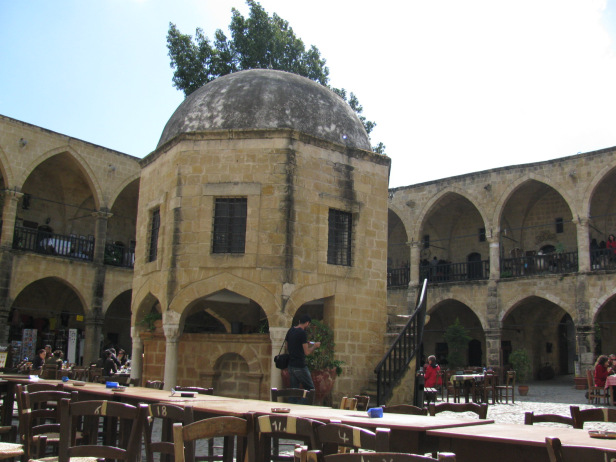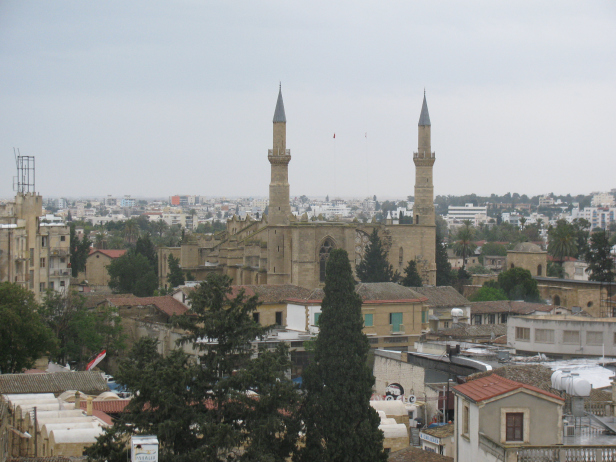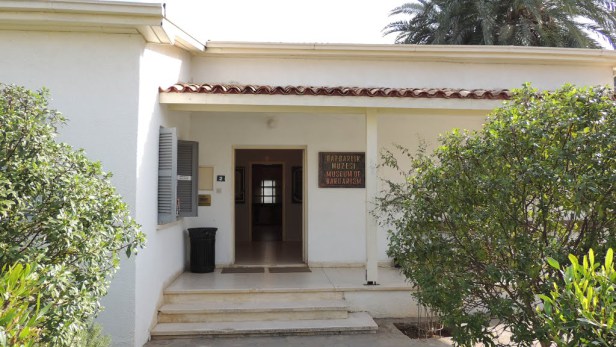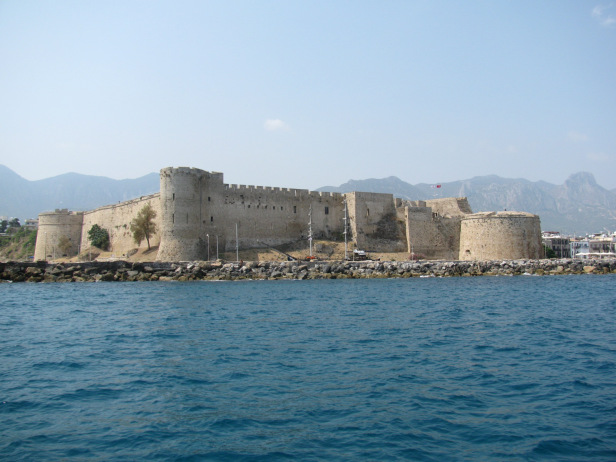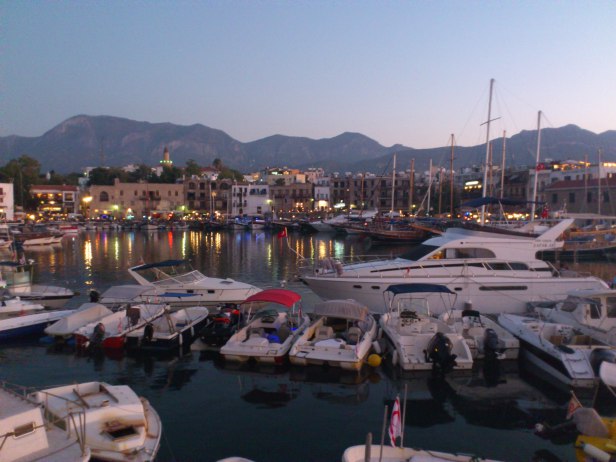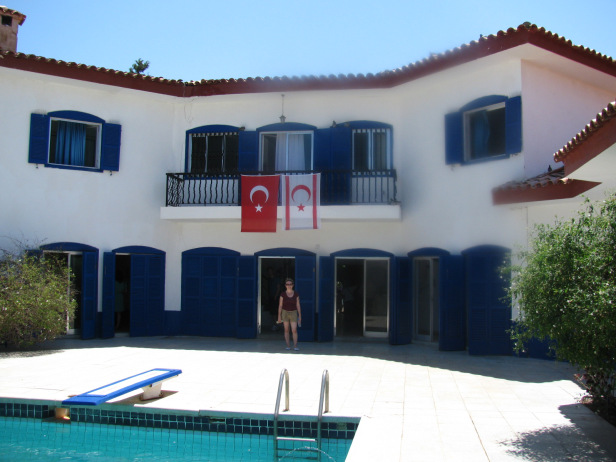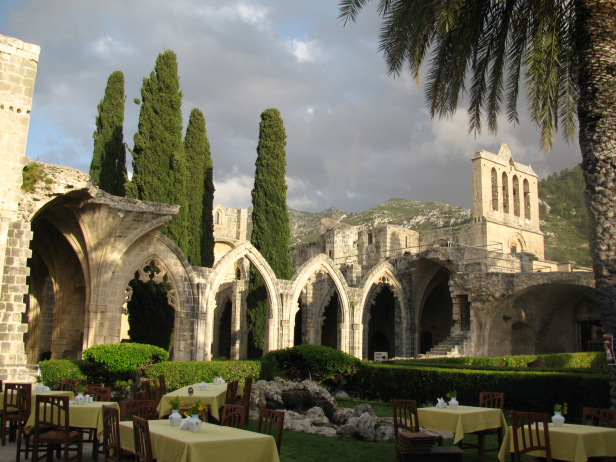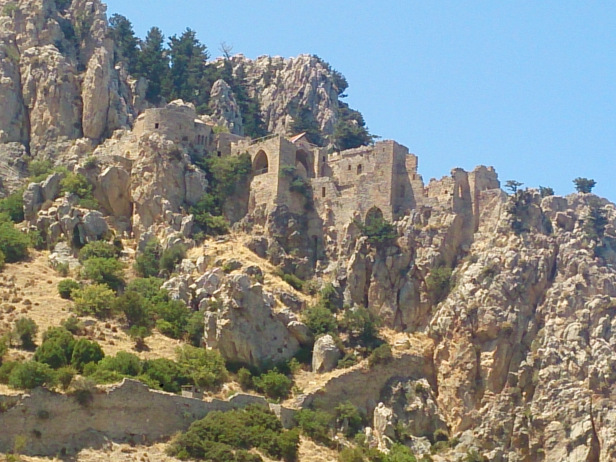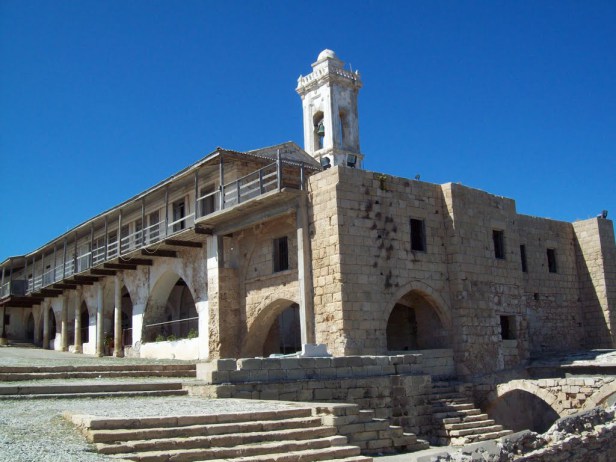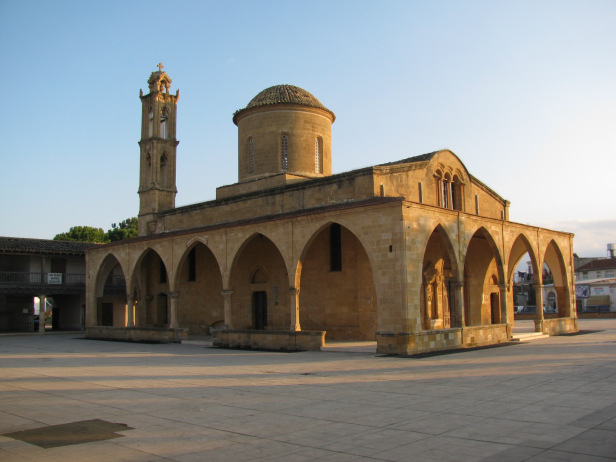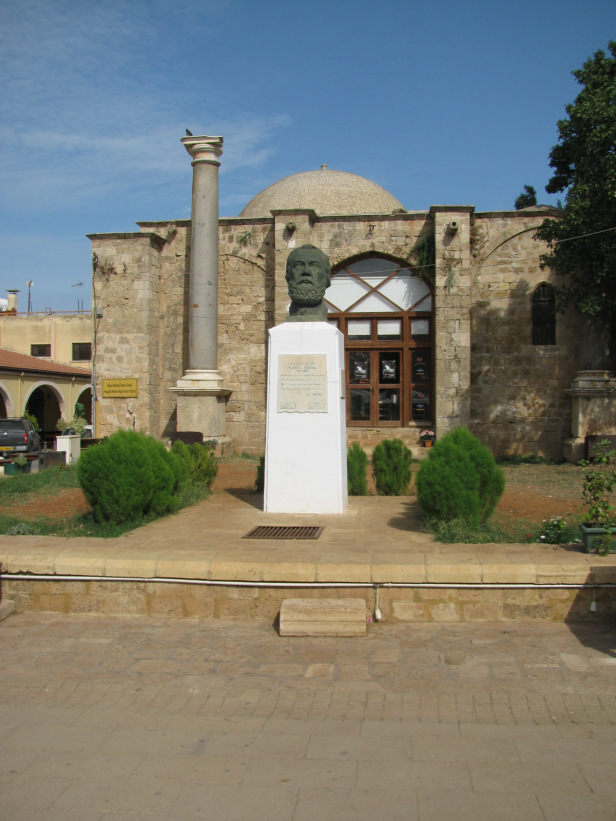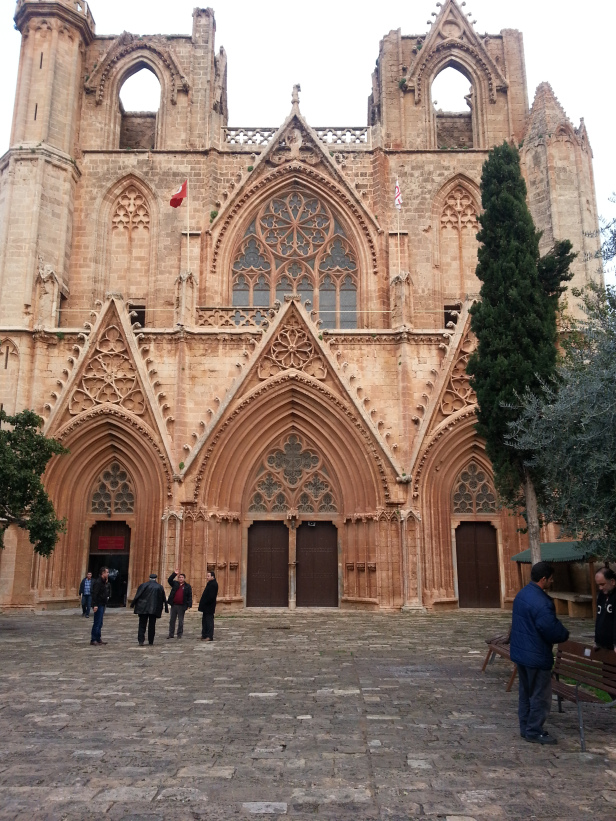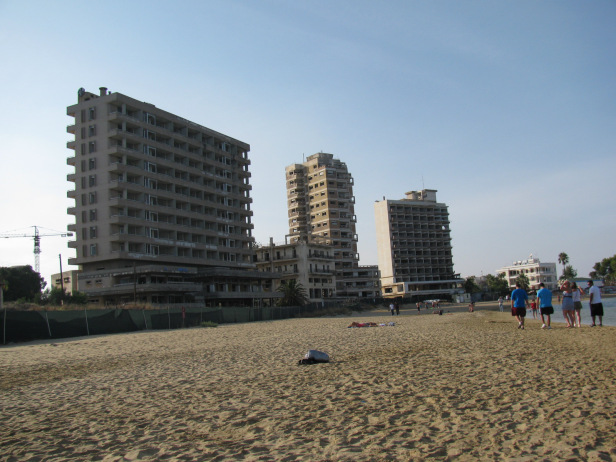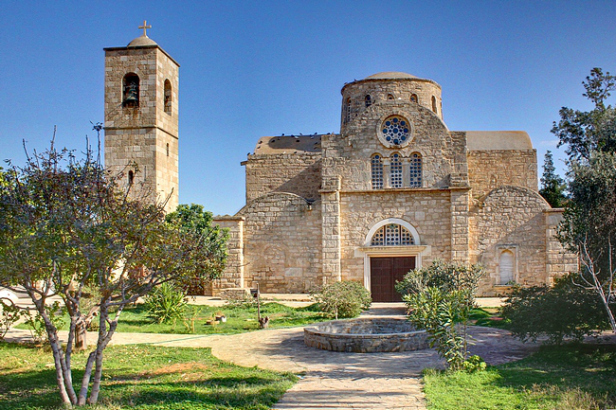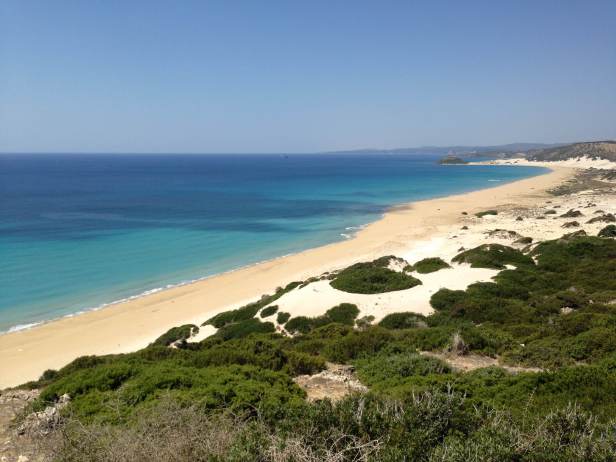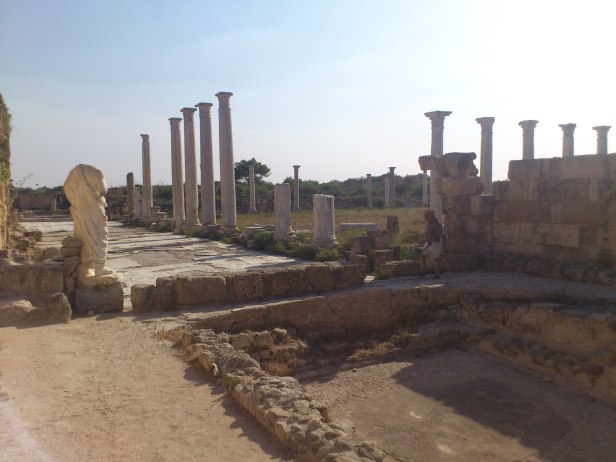
The area around Famagusta has always been favourable to growth and prosperity. There was a large fertile plain and a natural harbour. In addition, the prevailing winds and ocean currents mad it in ideal position for trade with the near east.
Salamis, itself, was reputedly founded by Teucer, son of King Telamon of Salamis island. It is thought that the city was originally restricted to a small area round the harbour, and gradually expanded, particularly from around 1100BC, when Enkomi was abandoned and its inhabitants moved to Salamis.
By the 8th Century BC, Salamis had become an important trading centre and a Royal city. Until the end of the fourth century it ruled over a tract of country far more extensive and fertile than that possessed by any other town, at one stage reaching as far as Troodos. The first coins had been minted in Salamis in the 6th century BC, and in inscriptions throughout the island from around this time, Salamis is mentioned.
At this time, Salamis was part of the Persian Empire, which lasted till the march of Alexander the Great into Asia Minor. However his early death resulted in the empire being split, with Cyprus falling to Ptolomy, and the fortunes of Salamis began to wane.
During the Helenistic and Roman periods, Salamis again became an important trading centre with the countries bordering the Mediterranean. Although Paphos was the official capital of the island, Salamis was the most important commercial city. Most of the excavations at Salamis date from this time.
In AD 46 Paul and Barnabas, a native of Salamis, travelled to Paphos where they revealed the gospel to the Roman governor Sergius Paulus. He was converted, and thus became the world's first Christian ruler. Barnabas later preached in Salamis where he was eventually martyred by the Jews.
The mission of Paul and Barnabas was to have far reaching implications, enabling the church in later years to demonstrate its apostolic origin and justifying its claim to be independent of the patriarch of Antioch.
After their revolt was crushed in Jerusalem in AD 70 by the Romans, many Jews settled in Cyprus, particularly in Salamis. Here in AD 115, they rebelled again, and the ensuing carnage over the next two years prompted the decree from Rome expelling all Jews from the island.
Earthquakes in 332 and 342 caused a great deal of damage, and the city was rebuilt by the Byzantine emperor Constantius, naming it Constantia after himself, making it the capital of the island once again. The city became the seat of both the Byzantine governor, and the Orthodox archbishop. By this time, however the harbour was beginning to silt up, and the city was subject to Arab raids.
In 648, after yet another Arab raid, the citizens moved to Arsinoe, which later became Famagusta, although there is some evidence of occupation as late as 1300.
For many years, the city was treated as a source of building materials, and during the Venetian period, many columns and pieces of sculpture were removed from the site. Shifting sands, however, covered most of the city and protected it from the hands of looters. Some small scale excavation was undertaken in 1887, but it was not until 1952 that the site was excavated to any great extent, and these excavations continued till 1974, when international funding and expertise was blocked by the authorities in south Cyprus, who tell the world that any archaeological excavation in the north is both illegal and vandalism.
The centre of Salamis during the Roman period was to the north of the city, where the present entrance is located. Excavations so far include the gymnasium and theatre, which have been extensively renovated. The theatre is frequently used for concerts.
Away from the Roman area, the temple of Zeus Salaminos has been discovered. It is thought that this dates back to the founding of the city. From Byzantine times, there are the remains of the Basilica of St Epiphaniosand the Kampanopetra Basilica, both dating to around the 4th century.
In spite of protests from the south, however, in 1998 excavations restarted. In 2000, some Roman baths were uncovered. In 2002, the archaeologists unearthed the north/south axis road of Salamis, which has been named the Pillared Road. At the northern end of this road, was a hill, and excavations here discovered that under it was an intersection with a gate. From here, one road leads to the baths of 2000, while the other leads to the gymnasium and amphitheatre.
In 2003 work was done on the southern part of the road. This lead to a part of the site where it is believed there was a residential area of the ancient city. It is thought that the road which has been discovered is the main road connecting the residential area with the public areas of the city. So far, nearly 300 meters of the road have been uncovered, but it appears that many of the stones used to pave the road were later removed to construct the city walls built in a later era to protect the city.
Another important discovery made at this time, and located closer to the amphitheatre, was a chapel believed to have been constructed in the late 6th century.
Currently only surveying work and cleaning the area is being undertaken, but it is hoped that more excavation can be undertaken in the near future.
Although 90% of the city remains buried under the sands, the site is still impressive, and well worth a visit.
